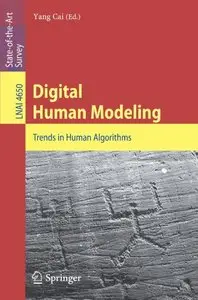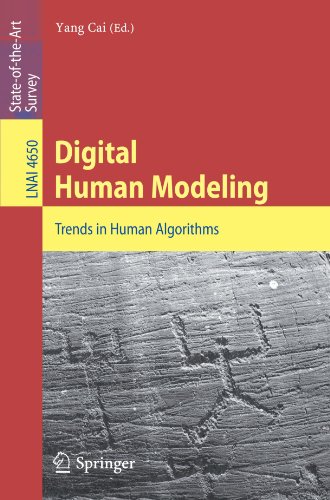Yang Cai, "Digital Human Modeling: Trends in Human Algorithms"
2008 | pages: 214 | ISBN: 3540894292 | PDF | 12,7 mb
2008 | pages: 214 | ISBN: 3540894292 | PDF | 12,7 mb
The emerging information technologies have enabled new human patterns ranging from physiological interactions to psychological interactions. Perhaps the best example is the rapid ‘evolution’ of our thumbs from simply holding to controlling mobile devices in just a few years recently. Taking the medical field as an example, the fast-growing technologies such as pill cameras, implantable devices, robotic surgeries, and virtual reality training methods will change the way we live and work. Human Algorithms aim to model human forms, interactions, and dynamics in this new context. Human Algorithms are engineering methods that are beyond theories. They intend to push the envelopes of multi-physics, sensing, and virtual technologies to the limit. They have become more comprehensive and inexpensive for use in real-world designs: inside monitors, connected to networks, and under the patient’s skin. This book aims to reflect the state of the art of Human Algorithms. It is a survey of innovative ideas for readers who may be new to this field. The targeted groups include college students, researchers, engineers, designers, scientists, managers, and healthcare professionals. The 11 chapters are divided into three parts: Human Dynamics, Virtual Humans, and Human Forms. Part I: Human Dynamics. In the first chapter “Implantable Computing,” Warwick and Gasson present an overview of the latest developments in the field of Brain to Computer Interfacing. They describe human experimentation in which neural implants have linked the human nervous system bi-directionally with technological devices and the Internet. In the chapter “Brainwave-Based Imagery Analysis,” Cowell et al.
My Links



